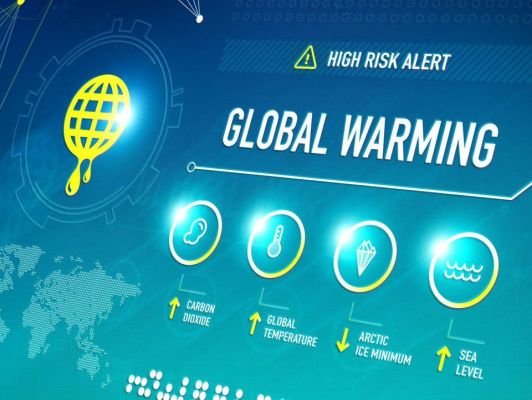Climate risk, environmental change and environmental hazards pose some of the most significant threats we face in the 21st century.
At the same time, we have increasingly larger datasets available to observe the planet, from the atomic scale all the way through to global satellite observations.
These datasets represent a transformation in the way we can study and understand the Earth and environment, as we assess and find solutions to environmental risk.
Such huge datasets pose their own challenges, however, and new methods need to be developed to tap their potential and to use this information to guide our path away from environmental catastrophe.
Funded by UK Research and Innovation (UKRI), the Centre for Doctoral Training in Application of Artificial Intelligence (AI) will bring computer scientists, mathematicians and engineers together with environmental and geoscientists to train the next generation of thought leaders in environmental data science.
They will be equipped to apply AI to ever-increasing environmental data and understand and address the risks we face.
Examples of the projects Cambridge is already engaged in that apply AI methods to exploring environmental risk include the use of satellite observations to chart the distribution and pathways of whales through the oceans.
Large datasets to understand biodiversity changes in woodland habitats, machine learning to understand earthquake risk and the use of drones to monitor hazards at active volcanos.
The answers to our greatest environmental problems could be hidden within the massive troves of data we can collect from the world around us.
Now we just need our ability to analyze this data to catch up with our ability to gather it — and Cambridge’s Application of Artificial Intelligence to the study of Environmental Risks (AI4ER) has the potential to do just that.
Reference- Futurism, University of Cambridge website,






